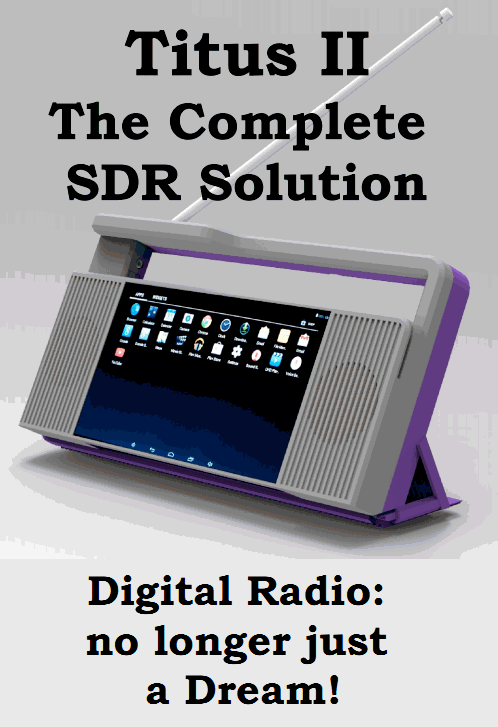(Source: Radio World via Michael Bird)
The nation becomes world’s leading Digital Radio Mondiale shortwave broadcaster in just one year
Hans Johnson
BEIJING — It appears as if China has jumped into Digital Radio Mondiale shortwave broadcasting with both feet. Some DRM infrastructure has been in place for over a decade, but up until recently had only been sporadically tested.
Just over a year ago, China had no regular DRM presence. Today, it is the world’s largest DRM shortwave broadcaster. China operates the most DRM transmitters in this band and has the most extensive schedule.
The initial broadcasts started in early 2018 from Beijing. Services continued to rollout over the year via various transmitter sites, often on the country’s periphery.
A DRM shortwave transmitter in Beijing targets north China almost 24 hours a day. A second Beijing transmitter targets east China for eight hours a day.
Another transmitter in Ürümqi in the country’s west targets central and east China for 14 hours a day, while a transmitter in Qiqihar, Heilongjiang province (the Manchurian plain), is on more than 11 hours a day and reaches south and southwest China. Dongfang on Hainan Island province is on eight hours a day on two frequencies for both north and southeast China. Finally, the DRM shortwave transmitter located in Kunming in the Yunnan province is on eight hours daily for south China. There is now a DRM network providing nationwide coverage.
By comparison All India Radio has 11.5 hours a day of shortwave time coming from a single transmitter. The Indian broadcaster has as many as three more DRM-capable shortwave transmitters but they are not on air at present. India does operate 38 AM (medium wave) transmitters for its domestic network, however.[…]
Click here to continue reading the full article at Radio World.


















